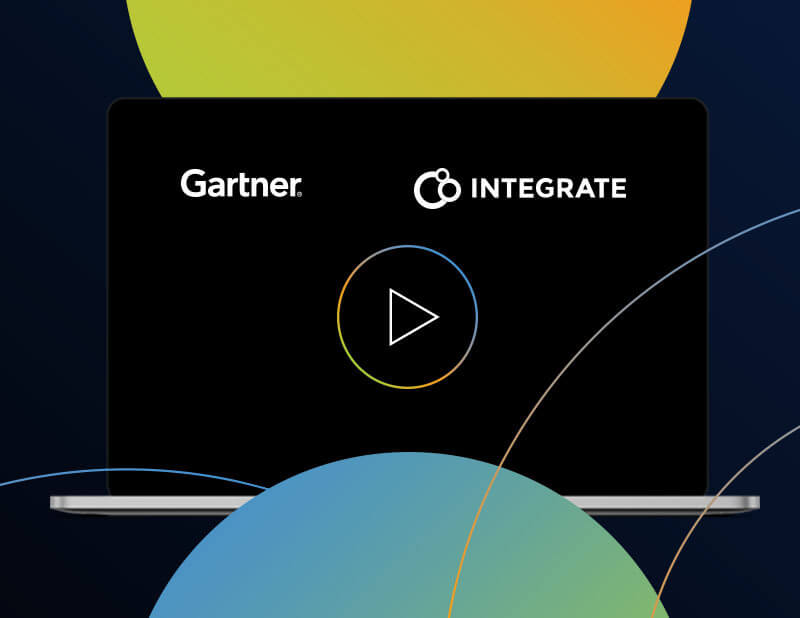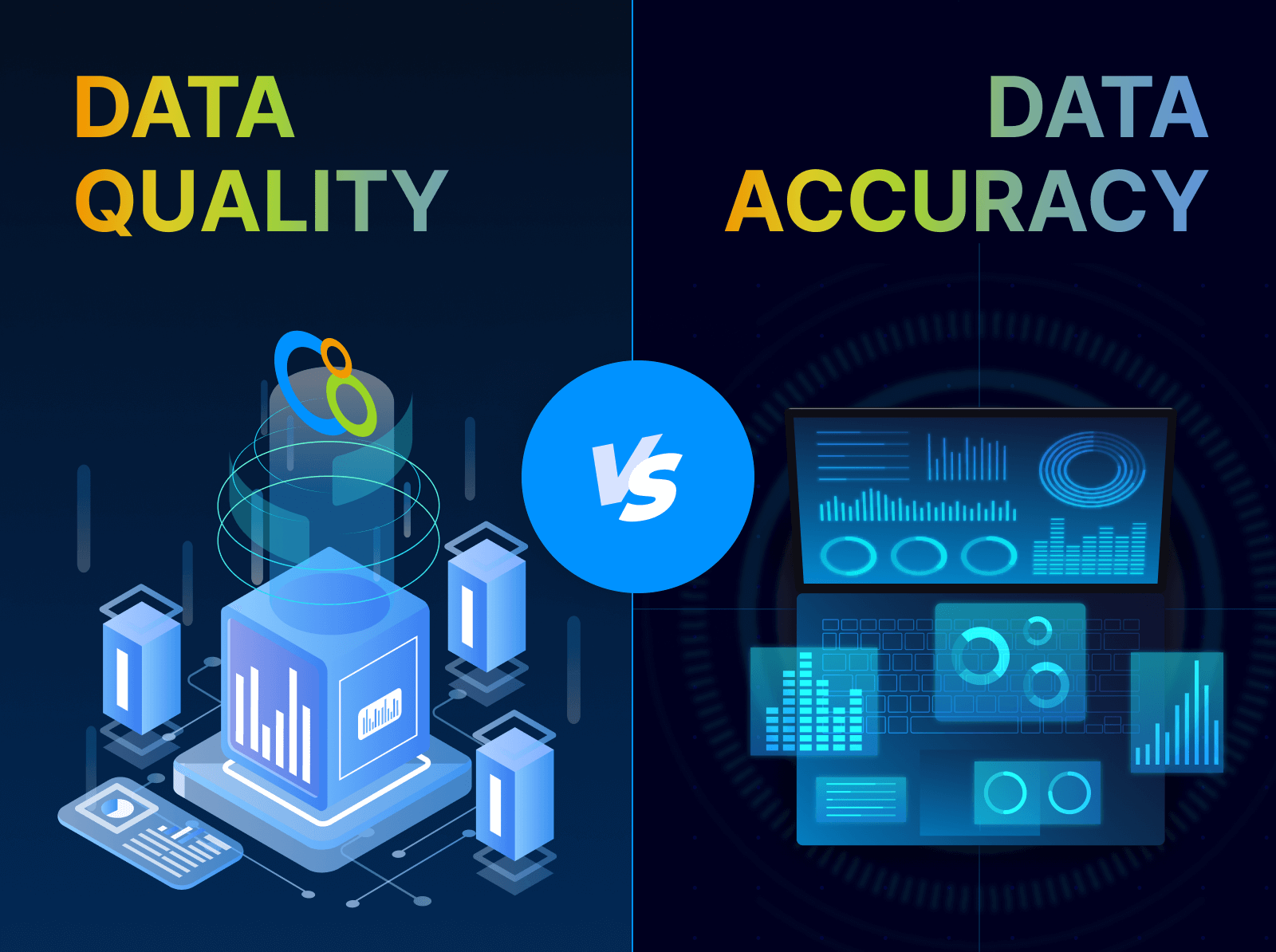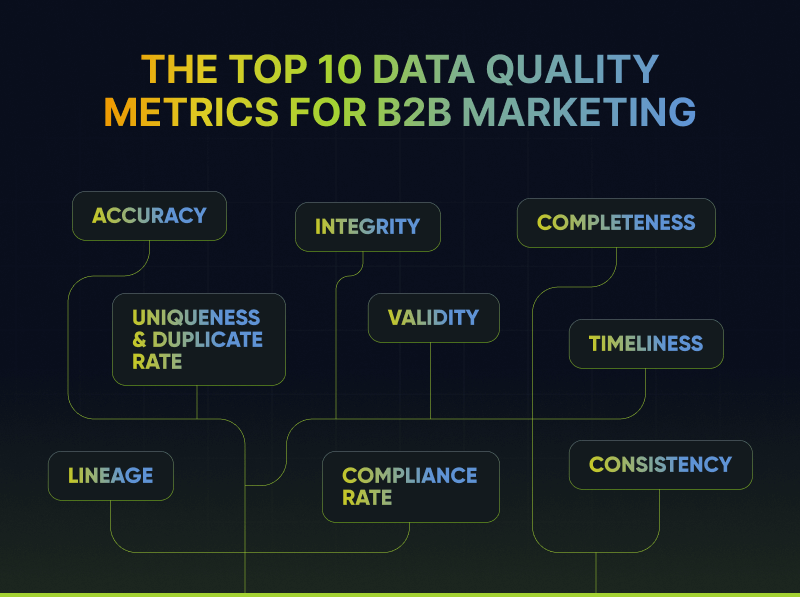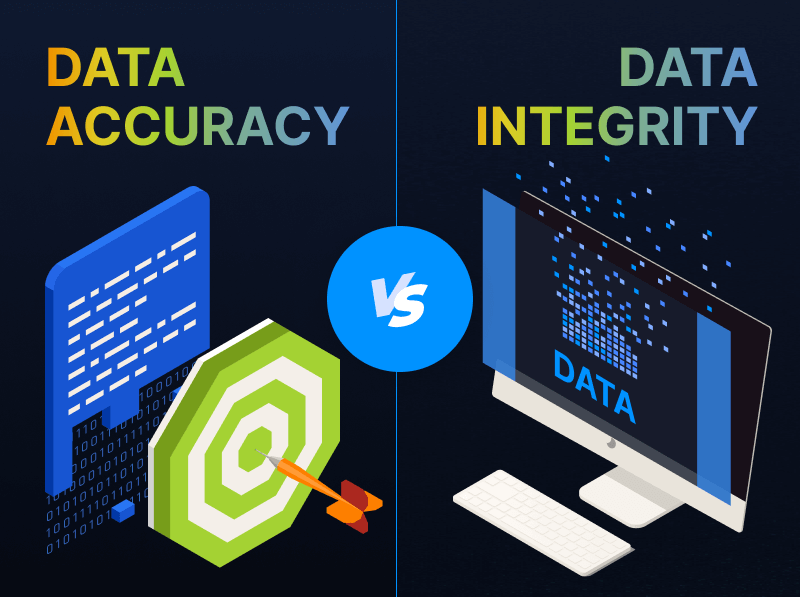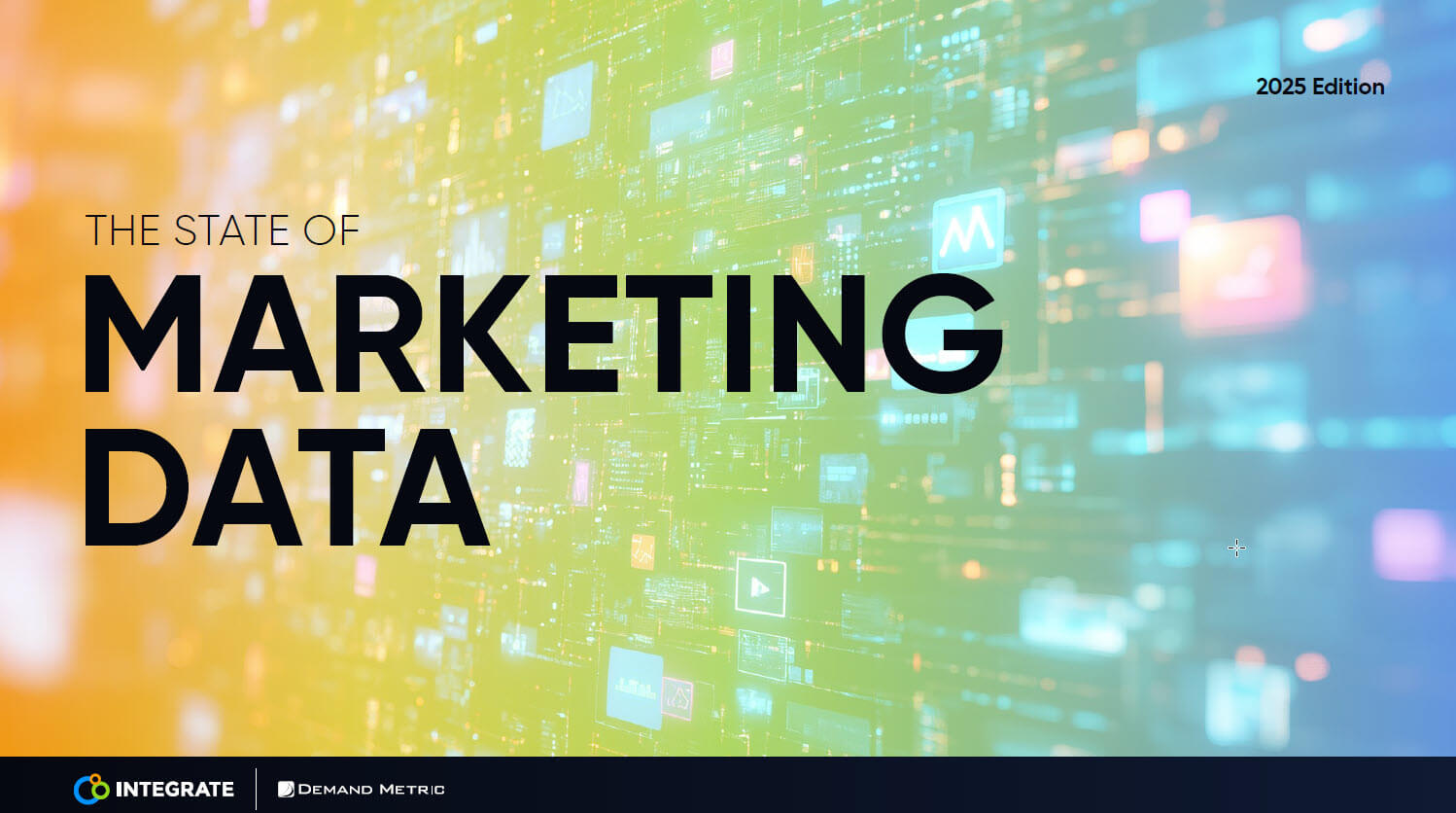Buyer-Driven Precision – A Conversation with Gartner’s Craig Rosenberg
As we emerge from the pandemic, B2B marketers are being asked to take a closer look at buyer engagement across the entire lifecycle. However, our recent State of Marketing Maturity survey revealed that 60% of marketing leaders feel their marketing strategy is inadequate to meet their goals. And when we break down that data, we see that number jump to 87% for ABM teams and 73% for revenue marketing teams. Given this disconnect between strategies and goals, how should you think about approaching your buyers where they are?
I had the chance to sit down with Craig Rosenberg, Distinguished VP, Analyst at Gartner to discuss how Precision Demand Marketing (PDM) offers every marketer the tools necessary to help with powering personalized buyer experiences.
Some of my favorite points made:
- What exactly is Precision Demand Marketing and why it should matter to you
- Why marketers must think beyond ABM to engage today’s buyer
- How to turn on more precision across your marketing strategy
Watch the video for details or read the transcript below.
On Defining Precision Demand Marketing
Deb Wolf: You know at Integrate that we have coined the category “Precision Demand Marketing,” and we’ve talked long and hard about that. I know you’ve got some pro-opinions about it, so I thought maybe we’d break it down and think about what precision and demand and marketing is all about.
I would love your thoughts on what does it mean to be a precise marketer today? How do we think about getting really precise with these buyers that are on these very digital journeys, and we don’t meet them maybe until later in their process?
Craig Rosenberg: Well, regardless of how you’re even talking about precise marketing—I believe in precise go-to-market. The market does too. The data tells us there they’re becoming way more targeted. And those that aren’t are suffering, right?
I’ll just go back to the first thing you brought up: The “rep-free experiences.” The difficulty to engage with people. We’re going to have to make choices. Everyone wants to know how you get better ROI. You make better choices. You stack the deck. You figure out, “Where, where will I be more successful?” That’s precision.
For me, I believe in that. I believe that in today’s world, with how hard it is to do marketing and sales, making really good data-driven decisions on who we should go after from across the entire go-to-market is the name of the game.
On Account-Based Marketing Strategies
Craig: Whether you call it ABM, whether you call it account-based or not, it doesn’t matter. I think we can all agree, right? And we saw it with the pandemic. 50% of organizations altered their target markets. That was healthy for them. They were able to go, “Well now what?”
You and I both know “now what,” right? Now you do precision marketing. And it works really well. You know the results better. We look at ABM results, like six out of 10 show pipeline lift. I’m like, “Of course you do because you’re making good decisions!”
Deb: It’s called “focus” people.
Craig: And so now we just got to make good decisions. So for me precision go-to-market is just making really good decisions. I won’t even say “Data-driven.” I’ll just say “Making conscious, really good decisions, as an organization, on who we should go after and spend time on.” And then organizing ourselves accordingly to capture that market.
It’s that simple. From a marketing perspective? It’s really hard for me to NOT do precision marketing. I just wonder on the one-to-TAM or one-to-big thing—I guess you could do it if it’s really cheap. I don’t know that the results you get are as good as the precision-type stuff.
On Marketing + Sales Alignment and Removing Silos
Deb: I think there’s a couple of things about it that make it so hard internally as a marketer—running my own marketing team, not as a CMO of a MarTech company. The idea of that mindset for your team, around that focus, and really understanding these are the accounts and the people that we care about. Let’s get very, very focused on that.
When they’re focused on a specific channel or where they’re siloed, the messaging is not as focused as we want it to be. Or they’re really focused on driving lead results versus experience results.
So all of these things sound so easy, and so “Well, duh, that’s what you would do!” But, in practice, our siloed functions and our siloed people make it really challenging sometimes.
Craig: I will just go on the positive; When the entire go-to-market, all the functions align against some level of precision—it’s beautiful, right? It’s just beautiful.
On Personalization
Craig: It’s really interesting you brought it up. I often forget to talk about how everyone wants to talk about relevant and personalized messaging. And if you go one-to-everybody, that’s impossible. Unless you’re, you know—actually, even if you’re selling cars. They have personas and targets that they go after.
To be really relevant we need precision. We have to make choices. We can peel so many pieces of the onion here as we think about precision, because the effect that it has on all of the things that we try to do, from the lift we can get, is just incredible.
On Leveraging ABM for Precision Marketing
Craig: I just got to tell you guys this funny story. I had a CRO, right? And, by the way, if we just don’t call it ABM and go talk to them about whatever you want to call it—precision, or just being targeted—they go, “Yeah, of course!”
So he says, “Well, look, we got to lift deal sizes.” I said, “Okay, well we can do a bunch of enablement stuff, but before we do just go ask your Ops team to do some analysis and figure out if there’s a type of customer that’s bigger than the others.”
Then it’s like, “Yeah, there is.” A week and a half later it’s like, “Okay, well then let’s start with that.” Like, this profile means that we are going to run our marketing and our SDRs and our sales, we’re going to build everything against this set of accounts.
And I could tell you if you say, “Well, is it going to work?” I said, “Well, as long as your marketing and sales work. Because you’ve just stacked the deck. You’ve chosen the accounts that are more likely to be bigger, right? Without changing anything else but that.”
The numbers were really obvious, and I know that’s not always the case, but it was so obvious. Three vertical types that were so clearly bigger, lifetime values, but that’s the kind of stuff that just when you take a step back…
Deb: We lose it in our everyday is right.
___
View the entire chat here, or watch any of our sessions from the B2B Game Changers virtual conference on demand now.
